WHY WE LOVE THEM: They’re majestic!
We are pleased to offer this pair of large antique Luneville lions made in France circa 1800. These exceptional lions have a commanding presence. They are a true pair made to be displayed together. Each lion is shown resting on a green sponged plinth with his tail curled over his back. Painted in polychrome colors, the lion’s legs, paws, tails, and faces are painted gray-blue. Their white bodies have gray-blue markings, and their yellow manes, ears, and
eyebrows have manganese markings. Their mouths, nostrils, and pupils are painted in red.
Their ears are pierced, which was a necessary step in their manufacture. As the kiln was heated, the piercings allowed the hot air inside the figure to escape.
Placed on the floor, on a wide mantle, or a pair of tables, they would add excitement to any room.
Dimensions: 18 inches x 8.5 inches x 14.5 inches tall
Condition: Excellent
Price: $ 10,600
Background of Luneville
Jacques Chambrette Senior initially started the first fine pottery works in Lorraine in 1711. His son began in 1722 by trading faience in Lunéville. He built his factory there in 1730, just before he obtained royal permission. He formulated a new type of earthenware called “Terre de Lorraine” in 1748 based on the study of English potteries.
At the time, Lorraine was an independent state. However, France levied heavy taxes on goods imported from there, so in 1758 Jacques Chambrette established an additional factory in Saint-Clément, Meurthe-et-Moselle, only seven miles away but located on French territory, to escape those duties.
In 1786 Sébastien Keller bought Luneville from the Chambrette family. For the next 137 years, the Keller family controlled the company.
The factory’s products had a worldwide reputation.
We are pleased to offer this pair of large antique Luneville lions made in France circa 1800. These exceptional lions have a commanding presence. They are a true pair made to be displayed together. Each lion is shown resting on a green sponged plinth with his tail curled over his back. Painted in polychrome colors, the lion’s legs, paws, tails, and faces are painted gray-blue. Their white bodies have gray-blue markings, and their yellow manes, ears, and
eyebrows have manganese markings. Their mouths, nostrils, and pupils are painted in red.
Their ears are pierced, which was a necessary step in their manufacture. As the kiln was heated, the piercings allowed the hot air inside the figure to escape.
Placed on the floor, on a wide mantle, or a pair of tables, they would add excitement to any room.
Dimensions: 18 inches x 8.5 inches x 14.5 inches tall
Condition: Excellent
Price: $ 10,600
Background of Luneville
Jacques Chambrette Senior initially started the first fine pottery works in Lorraine in 1711. His son began in 1722 by trading faience in Lunéville. He built his factory there in 1730, just before he obtained royal permission. He formulated a new type of earthenware called “Terre de Lorraine” in 1748 based on the study of English potteries.
At the time, Lorraine was an independent state. However, France levied heavy taxes on goods imported from there, so in 1758 Jacques Chambrette established an additional factory in Saint-Clément, Meurthe-et-Moselle, only seven miles away but located on French territory, to escape those duties.
In 1786 Sébastien Keller bought Luneville from the Chambrette family. For the next 137 years, the Keller family controlled the company.
The factory’s products had a worldwide reputation.
-
Attributed to:Luneville (Maker)
-
Dimensions:Height: 14.5 in (36.83 cm)Width: 18 in (45.72 cm)Depth: 8.5 in (21.59 cm)
-
Sold As:Set of 2
-
Materials and Techniques:Earthenware
-
Place of Origin:France
-
Period:Early 18th Century
-
Date of Manufacture:circa 1800
-
Condition:Excellent
-
Seller Location:Katonah, NY
-
Reference Number:Seller: LU866513054732
Reviews (0)































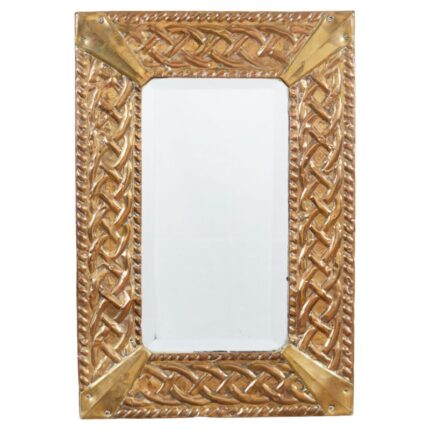

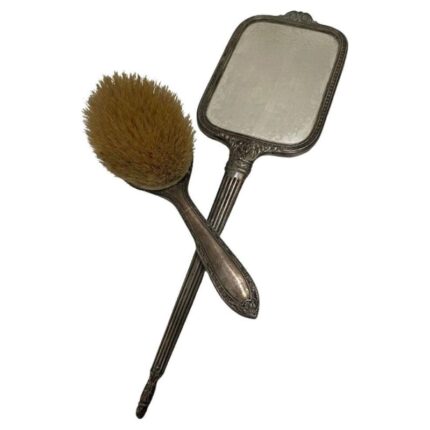

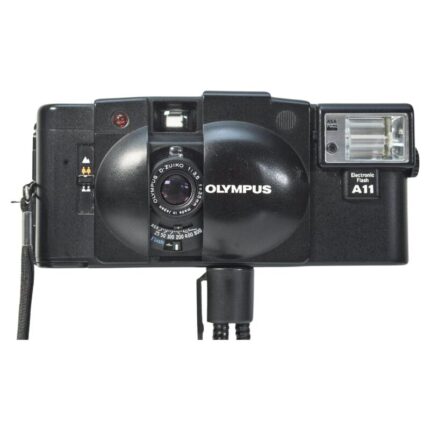



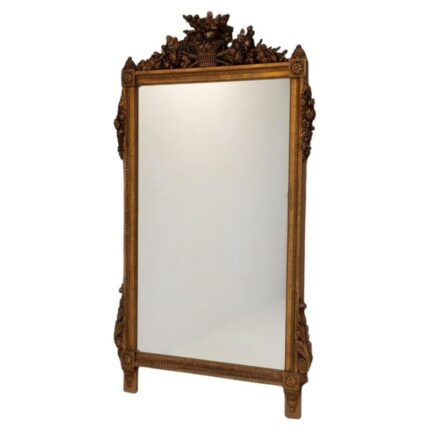

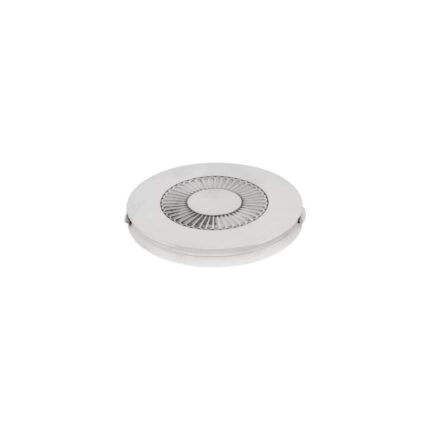

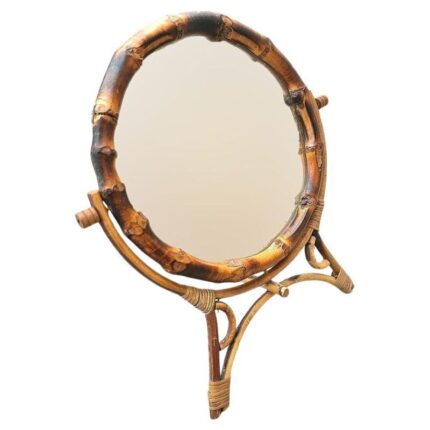

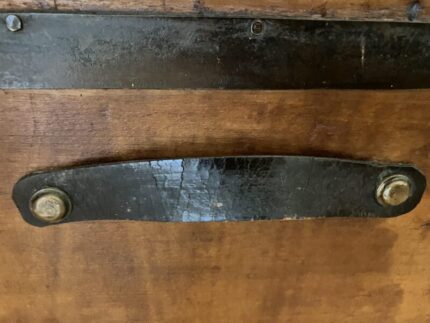

Reviews
There are no reviews yet.